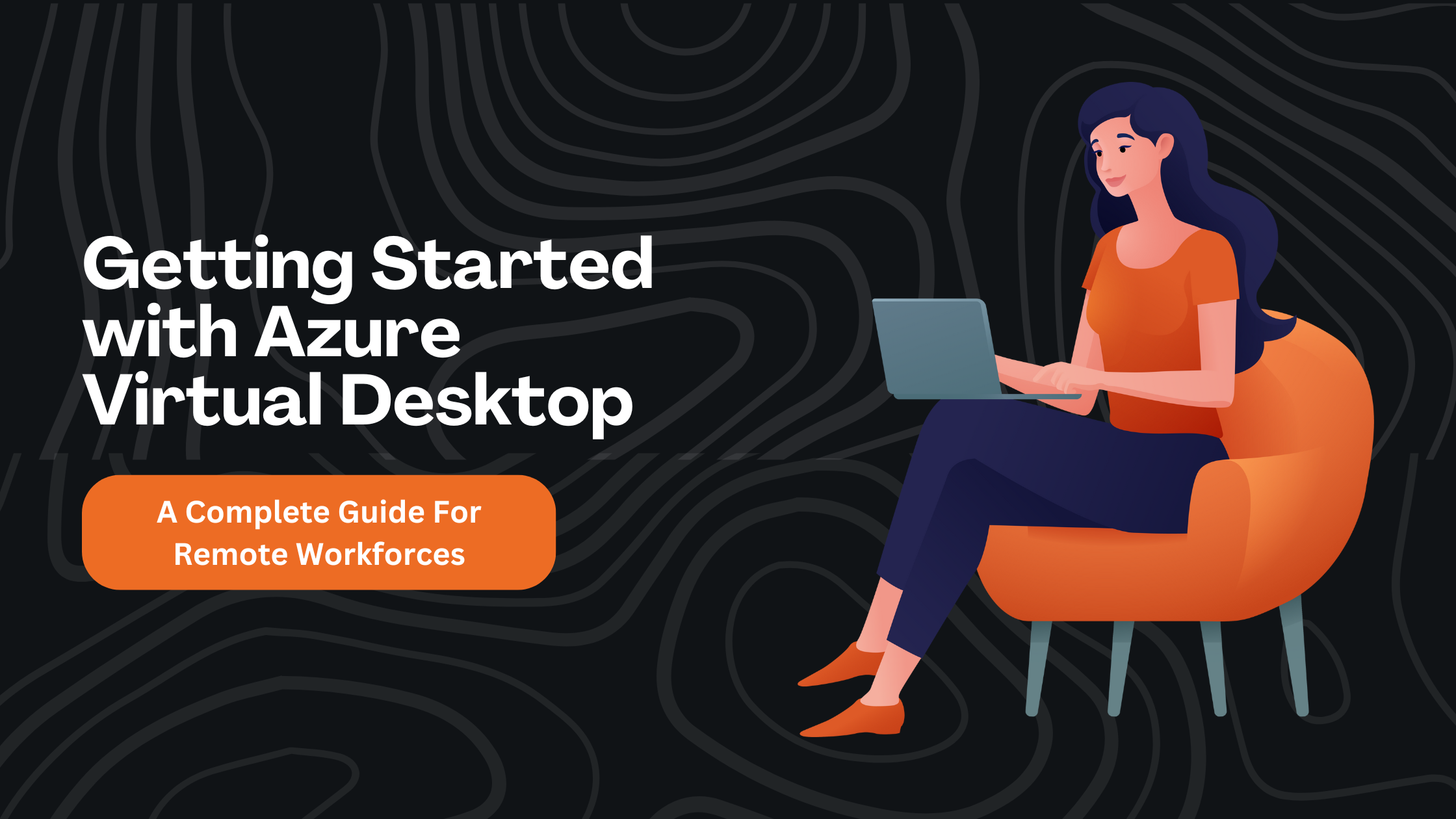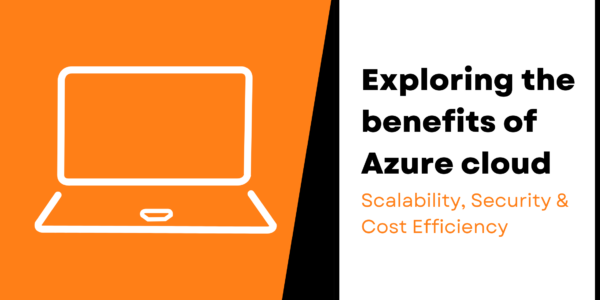Unlock the full potential of your business with Azure Cloud's unparalleled scalability, top-notch security, and…

Getting Started with Azure Virtual Desktop | Terminal B
Unlock the full potential of remote work with Azure Virtual Desktop, your gateway to a seamless, secure, and efficient virtual work environment.
Why Azure Virtual Desktop is a Game-Changer for Remote Work
Azure Virtual Desktop (AVD) represents a significant advancement in remote work technology. By providing a comprehensive, versatile, and secure virtual desktop infrastructure, AVD enables employees to access their work environment from anywhere in the world. This flexibility not only enhances productivity but also allows organizations to adapt quickly to changing work conditions.
One of the key benefits of AVD is its integration with Microsoft 365 and other Azure services, making it a seamless addition to existing IT ecosystems. Additionally, AVD’s scalability ensures that businesses of all sizes can leverage its capabilities without significant upfront investment in hardware.
Setting Up Your Azure Virtual Desktop Environment
Setting up your Azure Virtual Desktop environment starts with creating a Windows Virtual Desktop tenant in the Azure portal. This involves selecting the appropriate subscription, resource group, and region for your deployment. Once this is done, you can create host pools, which are collections of virtual machines that users will connect to.
Next, you’ll need to configure session hosts and assign users to these hosts. This includes setting up virtual machines with the necessary specifications and ensuring they have the correct operating system and applications installed. Finally, user profiles and resources are managed through FSLogix, providing a seamless user experience across sessions.
Best Practices for Optimizing Performance and Security
To optimize performance, it’s crucial to select the right virtual machine sizes for your host pools and to use scaling plans to manage resources efficiently. Monitoring and diagnostics tools within Azure can help identify and resolve performance bottlenecks quickly.
Security is another critical aspect of managing an Azure Virtual Desktop environment. Implement multi-factor authentication (MFA) and conditional access policies to protect user identities and data. Regularly update and patch your virtual machines, and use Azure Security Center to monitor for potential threats and vulnerabilities.
Integrating Azure Virtual Desktop with Your Existing IT Infrastructure
Integrating Azure Virtual Desktop with your current IT infrastructure involves connecting your on-premises network to Azure using VPN or ExpressRoute. This ensures secure and high-performance connectivity between your virtual desktops and other on-premises resources.
Additionally, you can integrate Azure Active Directory (Azure AD) with your existing Active Directory to manage user identities and access. This integration allows for seamless single sign-on (SSO) experiences and centralized management of user permissions across your hybrid environment.
Future Trends: What’s Next for Azure Virtual Desktop
The future of Azure Virtual Desktop is promising, with continuous improvements and new features being added regularly. One trend to watch is the increasing use of AI and machine learning to enhance user experiences and optimize resource management automatically.
Another trend is the deeper integration with other Microsoft services, such as Teams and Dynamics 365, providing an even more unified and efficient virtual workspace. Additionally, advancements in security features and compliance tools will further solidify AVD as a leading solution for remote workforces.
Take Your Business Further with Terminal B
Operational maturity isn’t just a goal — it’s a necessity for businesses striving to stay competitive. Terminal B helps you achieve it with strategic IT support and advanced cybersecurity solutions that evolve as your business grows. By streamlining processes, mitigating risks, and enhancing system reliability, Terminal B empowers you to reach new levels of efficiency and resilience.
Don’t wait for disruptions to force change — take control of your operational maturity today.



